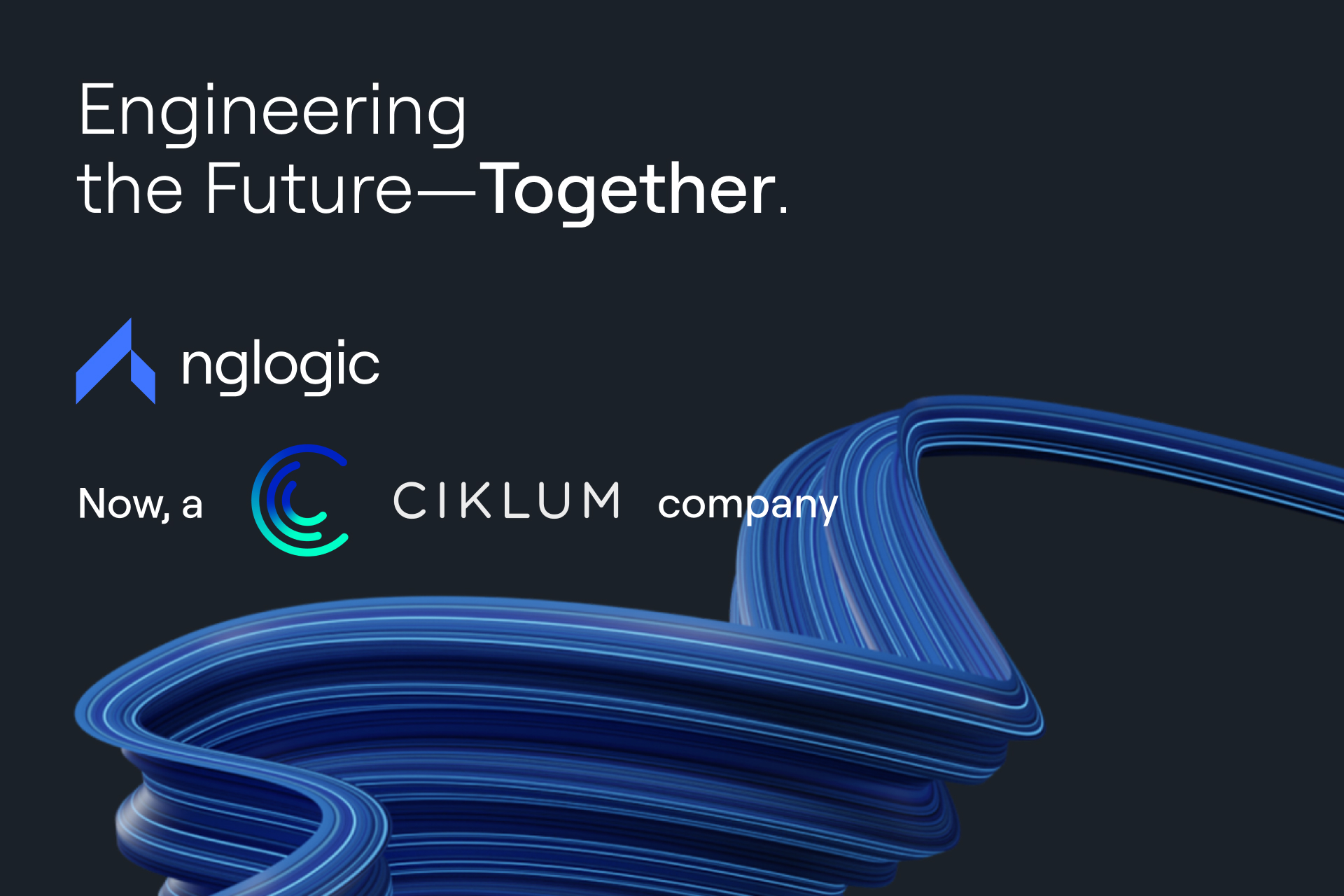Agile teams aren’t like traditional project groups. They embrace self-organization and collaborate closely to achieve business goals. So, how many Agile roles are there, and what are their key responsibilities? Read on to find out.
Agile is a set of management practices based on an iterative, time-boxed approach to software development. It originated in 2001 with the publication of Manifesto for Software Development, even though its conceptual roots can be traced back to the late 50s.
Essentially, Agile promotes adaptiveness: the ability to deal with change and create great products in a dynamic environment. It also advocates collaboration in cross-functional, self-organizing teams.
Since the release of its foundational document, Agile has spread rapidly across IT and other industries, including high-tech, medical devices, clothing, and even food. Over the years, it has become a prevailing paradigm of software development methodologies, albeit by far not the only one. There are strong alternatives for Agile, such as Waterfall, Six Sigma, Kanban, Rapid, or DevOps.
These philosophies or work cultures, if you prefer, may overlap to some extent and coexist within one organization on different levels or in different projects. What they all have in common is they can yield great results when applied correctly and with sufficient expertise.
Agile roles and responsibilities
One way to explain Agile and how Agile teams work is through Agile team roles. Patterns may vary across specific methodologies and organizations, but there are several key roles essential for the effective completion of most Agile projects.
There are also roles considered optional that, however, may be fundamental for projects involving multiple teams, complex systems, etc. Below you can find the list of all primary and secondary agile roles with their key responsibilities.
Product owner
The notion of a product owner is often confused with that of a product manager. The difference is simple: the latter is a job title, while the former – a role in a project.
A product owner is a critical member of an Agile team responsible for creating a vision for the project and managing the product roadmap. Their main objective is to maximize the value of the product. To succeed in this task, they need to have a clear understanding of what customers want and make relevant adjustments.
Product owners act as coordinators and intermediaries between various parties, including team members, senior managers, product users, and other stakeholders. They need to combine cross-functional competencies with strong communication skills.
Depending on the scope and complexity of the project, the product owner’s role may span the entire digital product backlog or be limited to specific tasks, for example, creating user stories for the mobile version of the software.
Scrum master (team lead)
The roles of a scrum master and a team lead are basically the same, with the former being specific for the scrum nomenclature. Team lead or team leader are names given to team coordinators in other methodologies, such as Kanban, also an Agile framework.
The key responsibility of a scrum master is to make sure that every team member follows the scrum process. They act as an all-around facilitator and a coach guiding individual team members through the projects.
Some of the scrum master’s tasks include organizing daily meetings, reviews, or demos, supporting an Agile team with solving problems, actively resolving conflicts, updating activities, dealing with bottlenecks, and many others.
Scrum masters need to excel in the communication and organization departments. They also need to have extensive knowledge of the software development process. Proficiency as a business analyst is also an asset.
It’s worth pointing out the difference between a scrum master and a project manager, as the concepts may seem related. Traditionally, the latter focuses on the project’s outcome, and handles budget and resources, while the former concentrates on the team’s collaboration.
In Agile, though, the role of a project manager is usually split into the roles of a product owner and a scrum master.
Development team
A digital product cannot come into existence without software specialists handling programming, testing, and debugging. But an agile software development team typically consists of more experts. Apart from developers (usually more than one), they include:
- designers and frontend developers responsible for creating a user interface (UI),
- UX designers who take care of product usability,
- writers (copywriters or specialized UX writers) providing user-friendly content for the product,
- testers who make sure the product works flawlessly and report on quality.
The team’s composition depends on the project type and may include other professionals, such as data engineers, data scientists, quality assurance specialists, or business analysts. In any case, all development team members are experts in their field and provide valuable input to the project.
Stakeholders
Simply put, stakeholders are parties who have an interest in the project and are affected by its outcome. They may include sponsors, managers, partners, investors, marketing and sales teams, end users, or even suppliers.
They’re not directly involved with agile teams, but they are interested in the project’s results and may be able to influence it, which makes them an important part of the Agile environment.
In scrum methodology, stakeholders are represented by the product owner, who consults them to get valuable insights and determine long-term goals. Stakeholders can be divided into two groups depending on their connection to the company running the project.
Internal stakeholders are part of the organization and may have a strategic or financial interest in the project. External stakeholders are external to the company but may have a stake in it.
Essentially, stakeholders are the reason products are made. The trouble is they are often not sure what exactly they want, which is one of the challenges for the project team addressed in numerous meetings.
Optional and additional Agile team roles
The Agile methodology doesn’t impose a rigid framework. It can accommodate design, engineering, and business teams of various sizes and composition as well as different approaches (such as Scrum, Extreme Programming, APF, or previously mentioned Kanban).
Even the seemingly indispensable role of a scrum master, aka team lead, is not built-in to the Agile teams model. An experienced group of professionals, well-versed in Agile principles, can easily do without a leader.
This approach applies especially to smaller Agile teams. On the other hand, larger projects may require more sophisticated handling of the Agile process, creating the need for extra support. Typical supplementary Agile team roles include the following.
Agile coach
If you run a big company, there’s a chance many of your employees are not Agile “insiders.” An Agile coach is a person who can help you sort it out and familiarize your staff with the Agile paradigm. They will do that in an efficient manner, delivering practical, actionable knowledge aligned with your business needs.
Quite often, the role of an Agile coach overlaps with that of a scrum master. In other words, a scrum master can teach their team Agile, and the other way round – an Agile coach can handle the scrum master’s tasks.
Agile architect
An Agile architect or an architect owner is a cross-functional role similar to that of a product owner. On some occasions, product owners may become agile architects. However, in more complex projects, designing an Agile architecture requires collaborative, multidisciplinary effort spanning enterprise, software, and system architecture.
An Agile architect’s key objective is delivering a working solution rather than setting an architectural direction. In other words, they are tasked with finding a solution that best meets the stakeholders’ goals.
Integrator
Larger scrum projects involve several scrum teams collaborating side by side. While scrum leaders handle scrum team members, there is often a need for more general oversight. Here’s where an integrator steps in.
They keep an eye on the development of an entire product and optimize the collaboration between multiple separate teams, so the project evolves in accordance with the company’s business goals and stakeholders’ interests.
Independent testing and audit team
A larger project may require additional tests and insights. Many organizations assign independent teams of experts to look into the project at certain stages or cooperate with a scrum team through the product development lifecycle.
Auditors and testers help identify potential mistakes or omissions made by the scrum development team and provide quality assurance.
Technical and domain experts
Technical and domain-specific experts come in handy in projects requiring specialized expertise unavailable within the company or their client’s organization.
Frequently, they are invited ad hoc to the project to help deal with particular issues, overcome technical obstacles, or suggest better, technically coherent solutions.
Agile or non-agile? What should I choose?
If you’re struggling to find the best methodology within or outside Agile for your project, we’re always keen to discuss options with you. The best approach may depend on your business goals, enterprise structure, or several other factors. Reach out anytime, and we’ll do our best to help.













 +1 (888)
413 3806
+1 (888)
413 3806